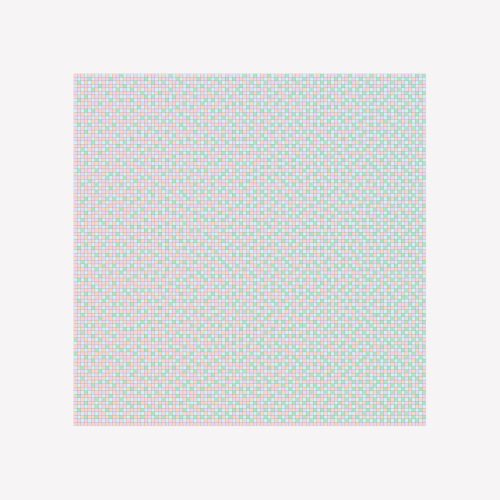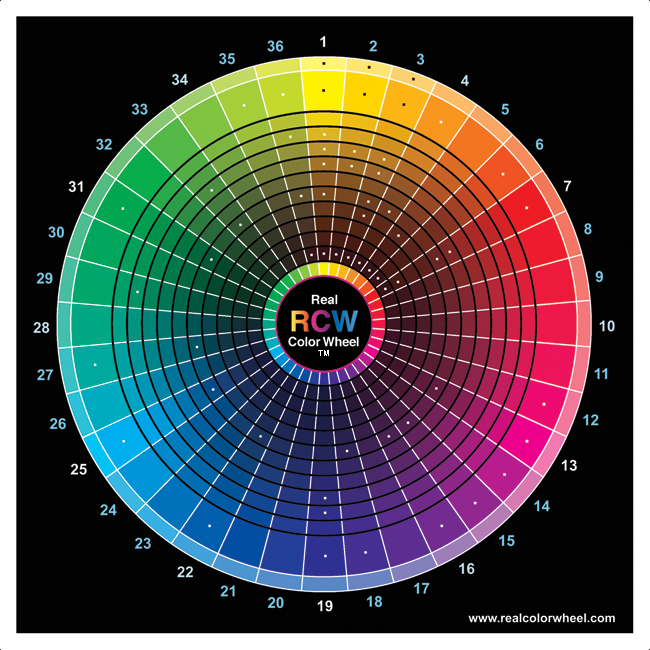
|
I got this email about Adrien's lecture at the Glasgow University today, 2-23-13. Hello / Bonjour, This is to inform you about a new video / lecture online,
see:
° blog: http://adrienlucca.wordpress.com/
Rue van Schoor n°2
You said, "red and green in pigments averaged to a yellow color". Red=mmyy and green=ccyy, together red and green equals yymm+yycc, or yyyymmcc. That's two ymc, subtract them both, ymc&ymc=neutral, leaving only yy, the yellowish color you saw. Red and green equals brown in pigments, brown is dark yellow. Light is purer than pigments, red and green equals yellow to start with in light. The way a yellow gets darker in the RGB (light) color space is to subtract light, that tends to add green to the yellow just as it does in pigments when adding black. Crystals and elements don't work like that. Light going through a colored crystal shows a resulting dark color without adding black. The opposite of yellow is blue which combines into greenish yellow if the yellow color is opaque pigment. If it's a transparent dark yellow crystal like the brown of orpiment there is no black added, a crystal's yellow and a crystal's blue will give a black shadow on white paper. You're lighting shows that the opposite of light red leaves the opposite color cyan. An opposition containing yellow light would show a blue after image. That matches the "after image" theory. In crystal yellow darkens to brown before it becomes black. In pigments by mixing in its opposite color ultramarine blue, a secondary color made by combining m+c, into it. So you are correct, your'e lines of color spaced with white paper show the color and the after image color. Where you were adding light to a wall to remove the hot spot I could see what is called the "after effect" that the brain sees. The peach (light red) light producing a cyan after image. You talked about the underside of a cloud being neutral gray. This gray is made in pigment using the dark yellow (brown) and it's opposite color ultramarine blue. They combine into neutral black which can be lightened with white to a neutral gray. You are helping me prove that light and pigments are the same color wheel. I'm glad that you incorporated the magenta color (secondary light and primary pigment) in with cyan and yellow for your choice of pigments Adrien.  |
|
http://www.wikihow.com/Construct-a-Color-Wheel, new window. |
 |
PREVIOUS, Articles, Reviews and Press Releases
NEXT, END PAGE with back links
